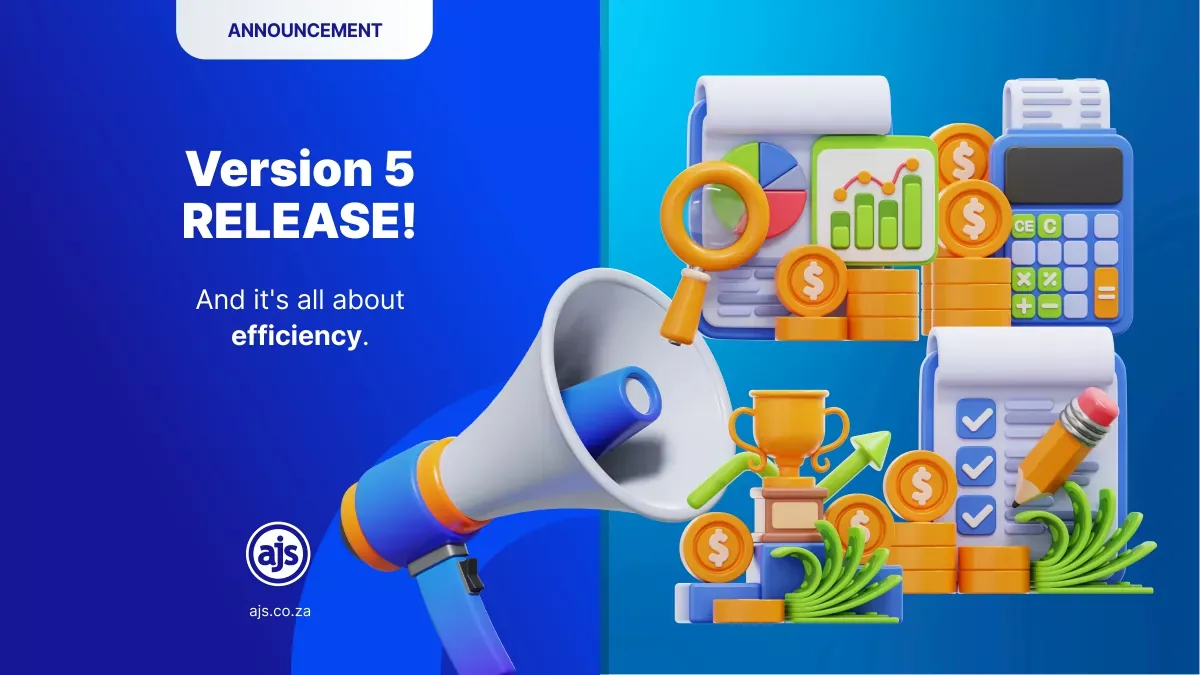
Work Zen with AJS: Automation
Automation
With “Holly” on a mission to take control of her work situation – aiming to instil a feeling of Zen in her workspace – she has come to us seeking answers.
But, before we begin, we need to confess something. Holly is not just a single legal practitioner who does not know how to effectively utilise her legal tech. Sure, there is a Holly person somewhere out there, but our “Holly” really is the every-day user of legal tech. She is an every-day attorney seeking to improve her practice. She is a representative all of you that are here looking for answers.
And we are happy to oblige all the Holly’s. As always.
From recent discussions, there seems to be one word that keeps popping up. One word that is heard repeatedly within the legal tech space. And that word is “automation” – automating this task, automating that task. But as a newcomer to the world of legal tech, “Holly” doesn’t really understand the concept. And to be honest, she is a little concerned about her role being usurped by Robot Lawyer Lisa.
Fear not “Holly”, we got you!
What is automation?
Automation is present in almost every single modern-day business and includes subtle features in common software applications to more obvious implementation, like self-driving cars. Think Autopilot by Tesla.
Simply put, “automation is about implementing a system to complete repetitive and easily replicated tasks without the need for human labor”.
And whilst that sounds a lot like “Robot’s”, it is not that complicated. Or controversial.
Automation within a legal practice involves utilising software solutions to automate repetitive, labour-intensive processes and by so doing, increases output and accuracy. There is also improved control over work within the practice – which means that nothing is missed or overlooked. Including the posting of fees. The “busy” time consuming work is done away with. Ensuring that legal practitioners feel like their practice is being managed and that everything is being taken care of.
Which is the point really.
But simply implementing a “blanket” of automated tasks across the board, is not the goal. That would just cause another debate on the future of The Robot Lawyer . Once again causing mass hysteria. And would kind of defeat the purpose of tailor-making a software solution to suit your practice.
Instead, a law firm (no matter the size) should carefully analyse their business practice processes to understand which of their “busy” tasks they can automate. You see the object here is to reduce stress, improve employee satisfaction and increase both client and colleague engagement. A state of Work Zen is just around the corner. You can almost smell the incense burning.
Just knowing that you have “back up” to attend to the stuff you would rather not attend to, will make you breathe easier – remember the slow, deliberate breathing in and out, achieving peace? That’s what we mean. Automation is for the overall benefit of the every day legal practitioner.
Automation can also be discussed on two platforms –
Contract & Document Automation – by automating these time consuming (and often intricate) tasks, you not only significantly decrease the time it takes to execute these contracts and documents, but these processes also proceed with little to no effort (which is usually not the case). Proceeding to the signature stage of the contract drafting process becomes easy as pie (also not usually the case). Popular use cases include the preparation of NDA’s, employment contracts, lease agreements, procurement contracts, engagement letters and so much more. With the additional use of cloud-based document automation, data is seamlessly integrated into templates which populate signature-ready documents instantly. Through programming language and automation technology, precise and accurate documents can be drafted in a single click. Its marvellous. An added benefit? More time can be spent on building client relationships rather than spending time on time consuming tasks. Win-win.
Workflow Automation – “workflows” themselves are “clear, predetermined, and structured processes within which a worker receives, reviews and performs a task”. Therefore, automated legal workflows are the processes in which legal tech is utilised to facilitate, structure, and streamline the performance of repetitive and labour-intensive legal tasks.
As with contract and document automation, the main benefits of legal workflow automation includes saving time, reducing human errors, and driving efficiencies whilst enhancing client service delivery. Again, win-win.
Efficiency, accuracy, and convenience whilst increasing profitability, sounds too good to be true. But it is possible. There are several practice management software suites that provide quality service offerings to minimise routine (and repetitive) labour intensive tasks.
By approaching your service provider, like AJS, you can easily achieve a state of Work Zen in no time. By using your software package for what it is actually meant for (which is not just legal accounting) you can approach each day with a Zen-like peace knowing that everything is perfectly in its place. That everything is being managed and that all is fine.
Because you have the support and back-up to ensure that is the case.
There are a lot of attorneys who have the software packages but are just not sure how to fully use them, what everything does and how they can optimise their practice to ensure that it is performing with accuracy and reliability.
With the help of AJS, your practice (regardless of its size) can (and will) succeed.
We will continue going through tips, answering your FAQ’s, and providing you with information that will better equip the everyday user of legal tech, like you and like “Holly”, to achieve a state of Work Zen.
It’s all easy. If you know how…
Just ask us.





Leave a Reply